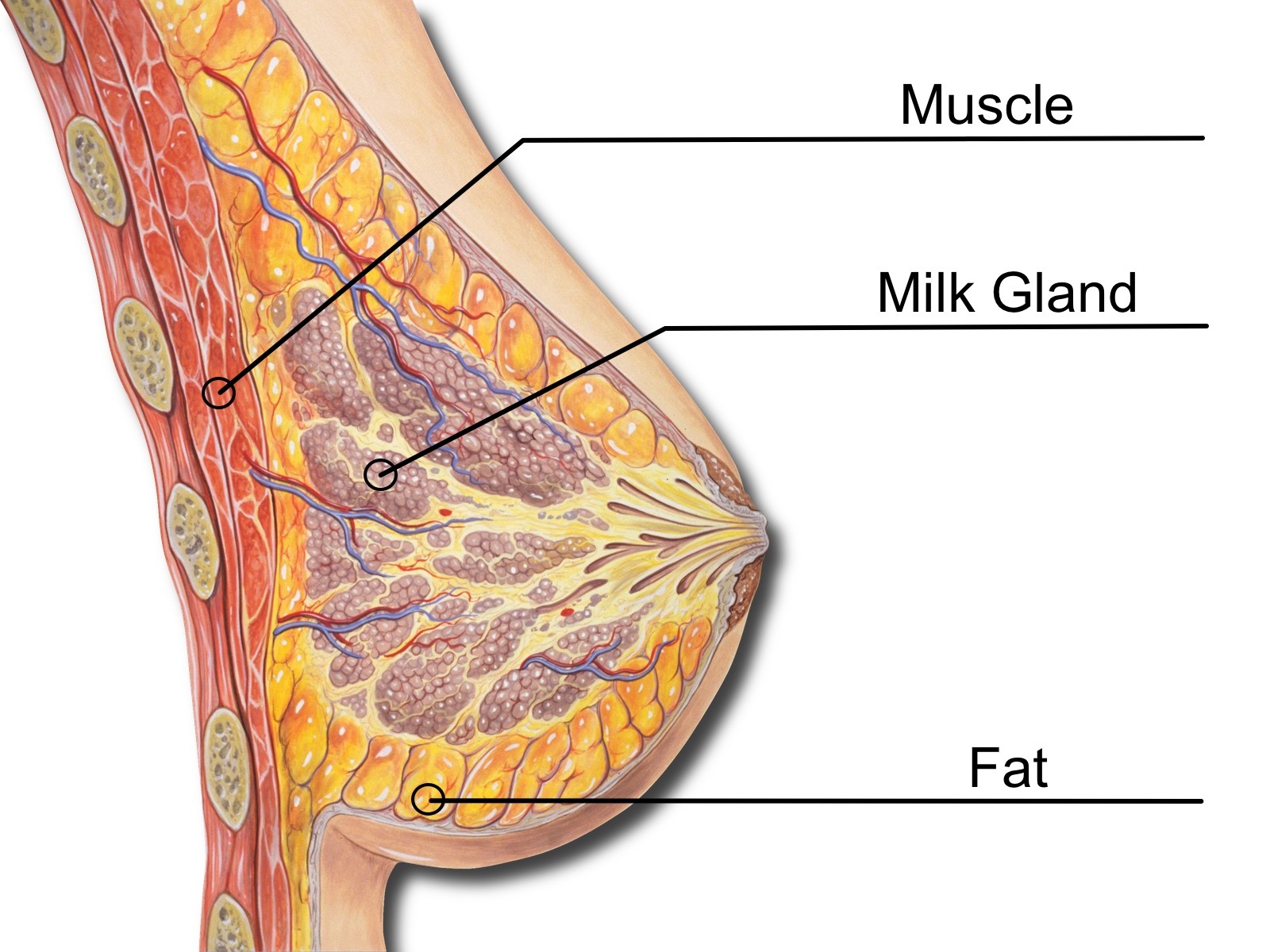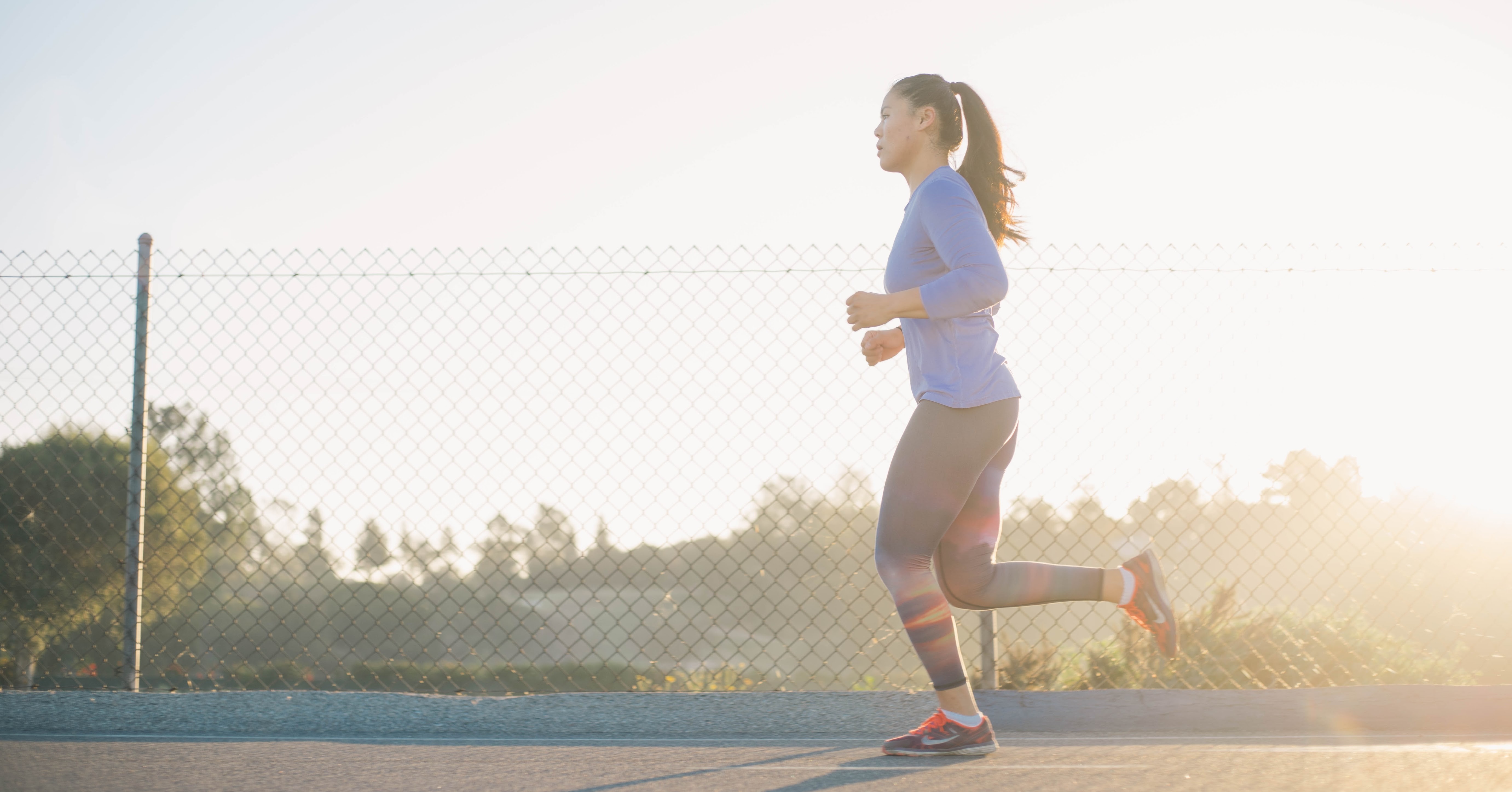
Menu
This myth is most common among women, who have never even tried lifting weights. For if they did, they would very soon find out that it isn’t as simple as all that. A myth like that can be disputed with just a couple of facts – first of them being – if you don’t want to look like a man, then don’t train like one. But even so, a woman (or a man) will very soon into their training journey find out that even if they would like to gain a bit of muscle, the whole process is a little bit more complicated. A woman does not have the same predispositions as a man. For one, muscle isn’t as essential or as common for a woman, as it is for a man. Women also generally start with a lower muscle mass than men (generally they have 50% less) as their bodies contain a higher amount of fat. If a woman would like to gain some muscle mass, however (for example firm and shape her thighs) it would require a very specific systematic approach encompassing much more than just the training itself. She would have to monitor her food intake, have enough rest, as well as a lot of patience. After all, one could hardly come home looking like Arnold after the third ever random lift training. – It’s also a bit more complicated than just lifting a piece of metal above your head. You have to think about what and how you are trying to accomplish by taking control of your own body. If a certain part of your body needs a bit more attention, you have to alter your training accordingly. You don’t have to focus on areas you do not need or do not want to improve just because a particular plan says you should. Look into the mirror – you are the artist of this magnificent piece that is your body – and your training is the tool to get you to the desired form.
More about this in a special article HERE.
Good to know:
Women produce approximately 15 – 20 times less testosterone than men. Most people know that testosterone is one of the main hormones responsible for muscle mass gain. But it certainly isn't the only hormone affecting the overall musculature of the body. One of such hormone is also estrogen. Estrogen plays an important role in muscle regeneration; it protects muscle fibers, and also positively affects our metabolism. Women also produce a higher amount of the so-called growth hormone (GH) – so it is in precisely these ways that a woman’s body might deal with the lack of testosterone. Based on all this, a (1) confirms that women can, and do build muscle mass as effectively as men. It also explains why female athletes might have up to 85% more muscles than men of the same height.

This is the same as saying you have to live in a particular country for at least 6 months to learn the language. You might suspect this is not always so. It’s hard to say what is too much or too little. All of our needs are individual and everyone needs something a little different. Every single human being has their own genetic predispositions and different abilities to improve. It takes a lot of self-monitoring to find out how, and how fat, one might improve in a particular area. A short intensive training might be better than a long random one, and a custom long training might be more effective than a short spur without a specific goal. A question that is often asked, however, is: what does as does not count as part of a training? Warm up? Stretches? The first series? Rest? The time spent adding or detaching weights? Time spent looking for a dumbbell? Scrolling through Instagram?…you get my point.
Rather than focusing on how long you spend in the gym, you should focus on your own specific goals as well as on your starting point. You should also consider the exercise or training you are going to focus on, what kind of method you will use, as well as including the right diet and rest. Some people mistakenly believe its “the more, the better!”. But even the opposite can be true, with people giving up on exercise because: ”I only have 30 minutes so it won’t even have any effect.” But it does and it will – with training, every little bit counts!

To lose weight on only a specific area with some kind of custom training isn’t physically possible. Fat cells are evenly distributed throughout our bodies and if you want to lose some weight, you are going to have to lose some fat overall. Imagine your bathtub is full of water and you are trying to empty just one single corner of the tub without changing the overall water level. The physics are the same.
So if you are doing 1000 sit-ups a day hoping you will end up with wonderful ABS, you will have to rethink your whole approach (2, 3). Even when losing weight, there’s still a degree of genetic predisposition included. Someone might lose weight gradually, while others might first notice changes in their tummies or thighs. What’s important is not giving up – and you can be sure to see results eventually :)

Image 1: Simplified anatomy of the woman breast
As you can see in the graphic above – if we affect the given muscle mass in any way, the visual impact might be minimal, or none at all. After all, what we describe as breasts is made up of mainly fat and mammary glands. Our exercise affects the muscles hidden under all that and will have near to no effect on the outer appearance. Focusing on the right diet, skincare, your overall weight and wellbeing might be much more beneficial than just focusing on a single superficial area.
We have certainly all seen, or all have ourselves done, bows to the side with a dumbbell or weight. Most people are doing this exercise to make their waist thinner. While the oblique abdominal muscles can be found on the sides of the body that is in the area of our waists training will not make these any smaller. By training these, we will make the muscles stronger and they will grow, leading to a growth in muscle mass, not its reduction (4). If the muscle mass in our waist area grows, it will lead to a visual reduction of the waistline, not its definition. The size of your waist is also very much given by the size of your hips bones, ribcage, and inner organs – none of which you can change by exercising.
So when exercising your oblique abdominal muscles, it is quite important to set a healthy amount and intensity to ensure the result isn’t counterproductive to what we are trying to achieve.
Ways how to make your waist look smaller:
1) Burn some fat – this is the first step in getting a small
2) Bulk up your upper body (gaining muscle mass) mainly on your back and shoulders. You can also shape up your lower half and create the coveted “X”. shape, making your waist visually smaller.
3) Regularly adding the “vacuum” exercise to your training. This affects the abdominal wall and can help to slightly thin out your waist.
Yes and no. If you want to lose weight, the best way to achieve this, is to create an energy deficit (consuming fewer calories than you burn) (5). You can create this deficit in two ways – minimizing your intake (eating less) or maximizing your output (moving or working out more.) Cardio belonging to the latter. Ideally one would optimize the combination of both their intake and output, but this is not completely necessary to achieve your desired goal. One can be altered without changing the other, and vice versa. More about weight loss can be found HERE.

Protein drinks are often thought of as some kind of a holy grail of training accessories. In the eyes of armatures they are miracle workers of their journeys – and it’s through their power that people gain muscle or lose weight. If you don’t protein up your results won’t be half as good, they say. At the same time, if you do happen to have some with you but forget to have it within the next 30 minutes after your training, then why even bother? Well, how about clearing all this up?
Protein i some of the main supplements and is certainly a great helper. We could even go as far as say that it is strictly a fitness meal. But Protein is actually just a concentrated version of what we would normally find in meat, egg whites, milk, soya, and others. Protein is the basic building block of your body and if an athlete, or even a normal individual, lacks these supplements, it will be very hard for their body to create any new matter (specifically then more muscle mass.) The form in which one intakes protein, however, depends mainly on their own needs and preferences. Consuming protein powder will not spare you any of the real work, it only helps in keeping the needed protein levels up, but you will still need to do all of the heavy lifting.
"I didn’t train enough – nothing hurts yet." "I trained with some weights until I couldn’t feel anything…“
"I had the best training yesterday! It hurts so much I’m barely standing!“…
Muscle pain is created by the late effects of muscle exertion and can last from 24-48 hours. Sometimes we don’t even feel these effects up until the third day after training.
Many think that this pain is caused by lactic acid, but it’s actually muscle and tissue micro-traumas (6) which lead to fervor.
Muscle damage is one of the three factors of muscle hypertrophy (muscle gain), so yes, muscle pain can lead to the growth of muscle mass, but it doesn't always have to be so.
Muscle exertion leading to a long-lasting muscle pain is counterproductive and does not directly correlate with muscle growth. Scientists have even been focusing on a theory stating that a high level of regular muscle exertion might directly lead to muscle damage.
Muscle pain is mostly to be expected after a long resting period, o rafter changing our regular training routine (more repetitions, heavier weights, higher intensity workout, new methods…) Our bodies can and do adapt to a certain level of muscle pain though, and each new training should be less and less difficult – which, however, does not mean that it is less effective.

Sweat is the primary means of how our bodies regulate temperature.
Most of the time, sweat consists of 98 to 99% water, with only trace amounts of urea, lactic acid, fatty acids – and so forth. So the fat we burn during our training is not directly sweated out, as some might believe.
But if now through sweat, then how does fat actually leave our bodies? When you work out your fat cells achieve a state called hypertrophy, in which they are transformed into energy. When we move and breathe, fat cells are slowly broken down into carbon dioxide and water. The carbon dioxide output of our bodies is much higher than that of water, so we could effectively said that we breathe out much more of the burned fat (approximately 85%) than we sweat out. The rest will leave your body in its fluid form, so it can be part of sweat, urine, urine, of any other natural discharge your body is capable of. So don’t sweat it and just breathe out, and you will actually be more than fine.
If you are interested in learning more about sweating it off, THIS article is for you.
*REFERENCE:
https://pubmed.ncbi.nlm.nih.gov/11890579/
https://pubmed.ncbi.nlm.nih.gov/23222084/
https://pubmed.ncbi.nlm.nih.gov/18025815/
https://pubmed.ncbi.nlm.nih.gov/22341015/
https://www.bmj.com/content/349/bmj.g7257
https://www.jci.org/articles/view/78362